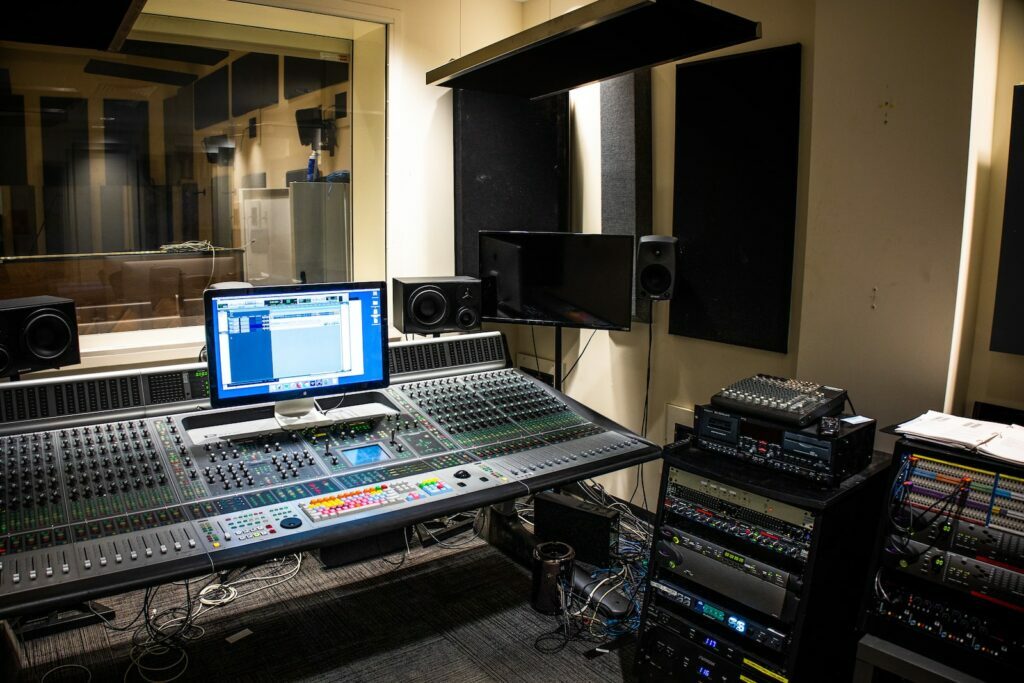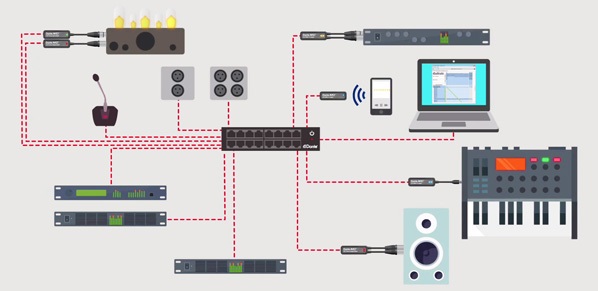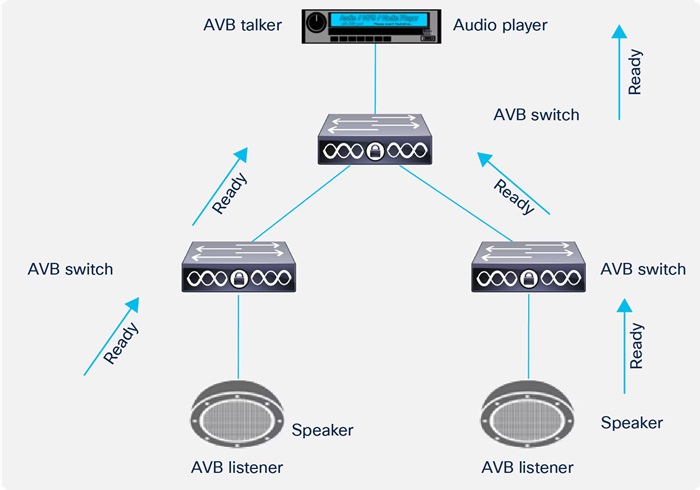
Understanding Different Standards in Professional Audio Networking
The professional audio industry continues to evolve with new technologies and standards emerging frequently. With so many options available, it can be challenging for audio professionals to determine which standard best suits their needs. Whether you’re a sound engineer, recording studio owner, or live sound technician, understanding these standards will help you select a reliable and high-quality audio network tailored to your unique requirements.
1. ADAT (Alesis Digital Audio Tape)
ADAT is an audio interface standard initially developed by Alesis in the early 1990s. It uses a lightpipe optical interface (TOSLINK) to transmit up to 8 digital audio channels over a single cable.
Advantages of ADAT:
- Cost-effective for multi-channel recording and playback.
- Allows recording up to 24 digital audio tracks with synchronization.
Although its popularity has waned with the advent of technologies like USB, FireWire, and Thunderbolt, ADAT is still used in some recording studios and home recording setups.
2. AES/EBU (Audio Engineering Society/European Broadcasting Union)
This standard uses balanced XLR connections to transmit digital audio signals, supporting up to 8 channels over a single cable.
Advantages of AES/EBU:
- Reduces noise and interference.
- Features error detection and correction for reliable signal transmission.
With a cable range of up to 100 meters, AES/EBU is ideal for professional recording and broadcasting applications requiring high reliability.
3. S/PDIF (Sony/Philips Digital Interface Format)
S/PDIF is a standard commonly used in consumer audio devices like CD and DVD players. It transmits stereo audio or compressed formats like Dolby Digital via coaxial (RCA) or optical (TOSLINK) cables.
Advantages of S/PDIF:
- Plug-and-play solution requiring no additional software.
- Supports audio with sample rates up to 192 kHz.
However, S/PDIF has transmission distance limitations, with coaxial cables reaching up to 10 meters and optical cables up to 5 meters.
4. MADI (Multichannel Audio Digital Interface)
MADI supports up to 64 digital audio channels over a single optical fiber cable, making it an efficient solution for large-scale applications.
Advantages of MADI:
- High channel capacity.
- Low latency and high-speed data transfer.
MADI is widely used in recording studios, live sound, and audio installations in large venues such as stadiums and concert halls.
5. Dante
Dante is a digital audio networking protocol developed by Audinate, enabling the transmission of up to 512 audio channels over standard Ethernet networks.
Key Features of Dante:
- Dante Controller: Free software for configuring audio routing and network management.
- High interoperability: Seamless integration of devices from various manufacturers.
- Network redundancy: Ensures uninterrupted audio flow in case of network failure.
Dante is well-suited for applications like live sound reinforcement, broadcasting, and scalable recording networks.
6. AVB (Audio Video Bridging)
AVB is an IEEE 802.1 standard for high-quality audio and video transmission over Ethernet networks.
Advantages of AVB:
- Precise time synchronization with Precision Time Protocol (PTP).
- Low latency and minimal jitter.
- Supports bandwidth reservation to ensure uninterrupted data transmission.
AVB is ideal for live sound and video installations requiring accurate device synchronization and high-quality data transmission.
Conclusion
Choosing the right audio networking standard depends on your specific needs:
- For cost-effective solutions: ADAT.
- For professional reliability: AES/EBU or MADI.
- For modern networking flexibility: Dante or AVB.
Understanding the features and benefits of each standard will help you make an informed decision to achieve high-quality audio performance.








